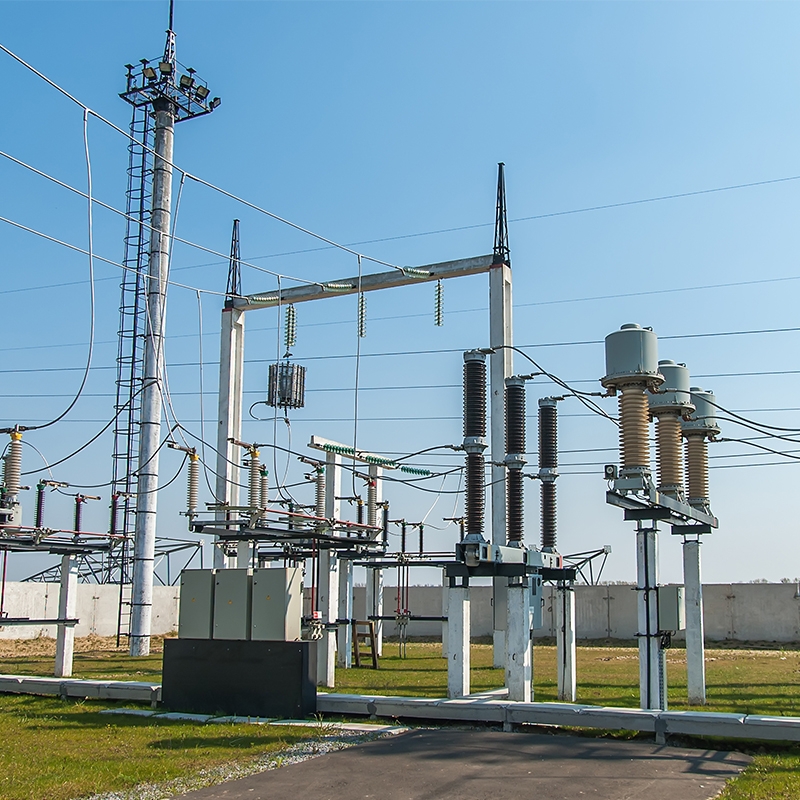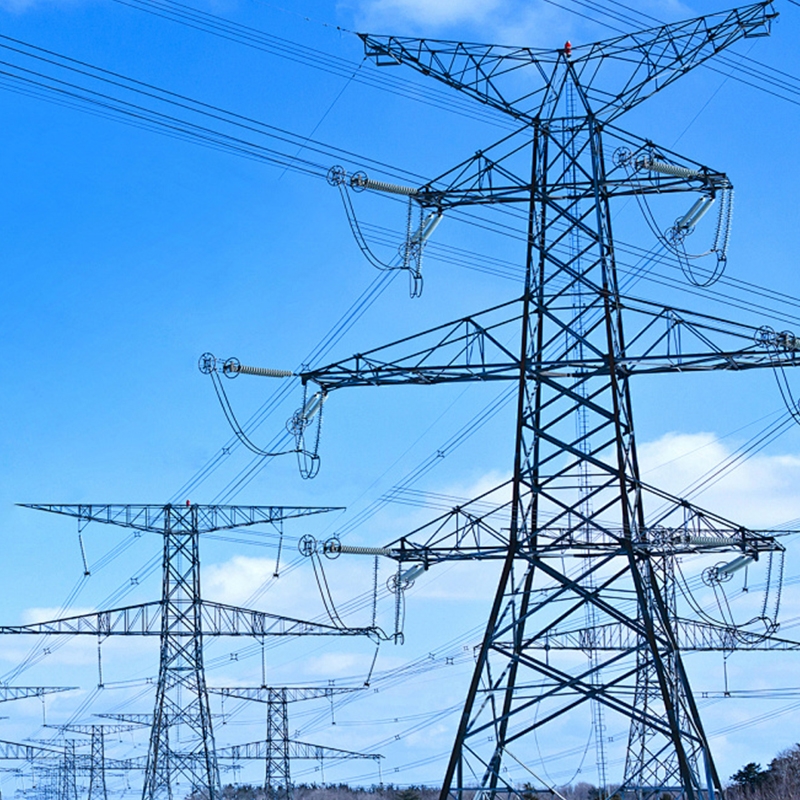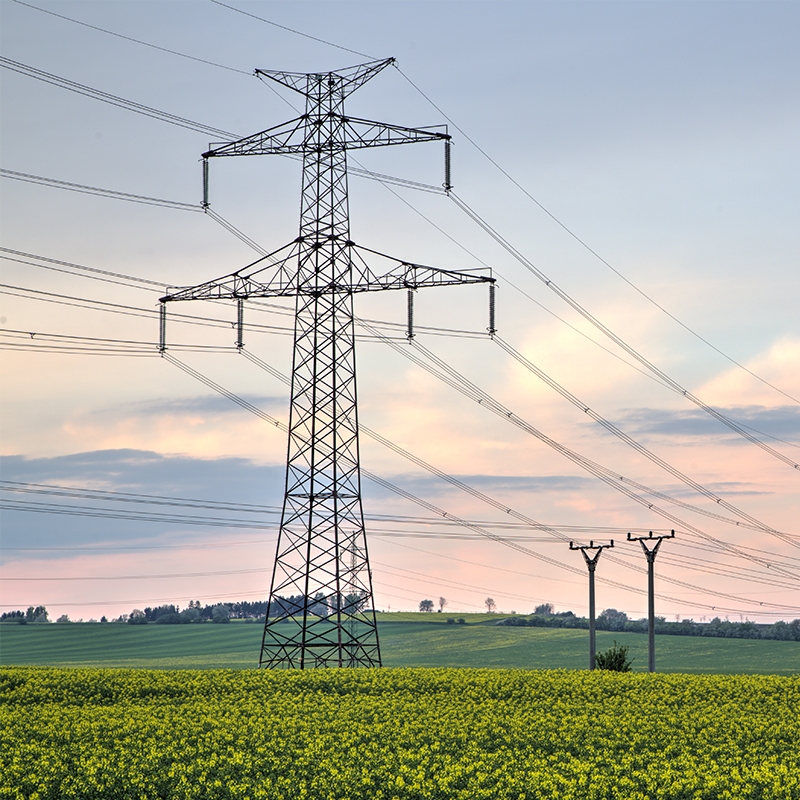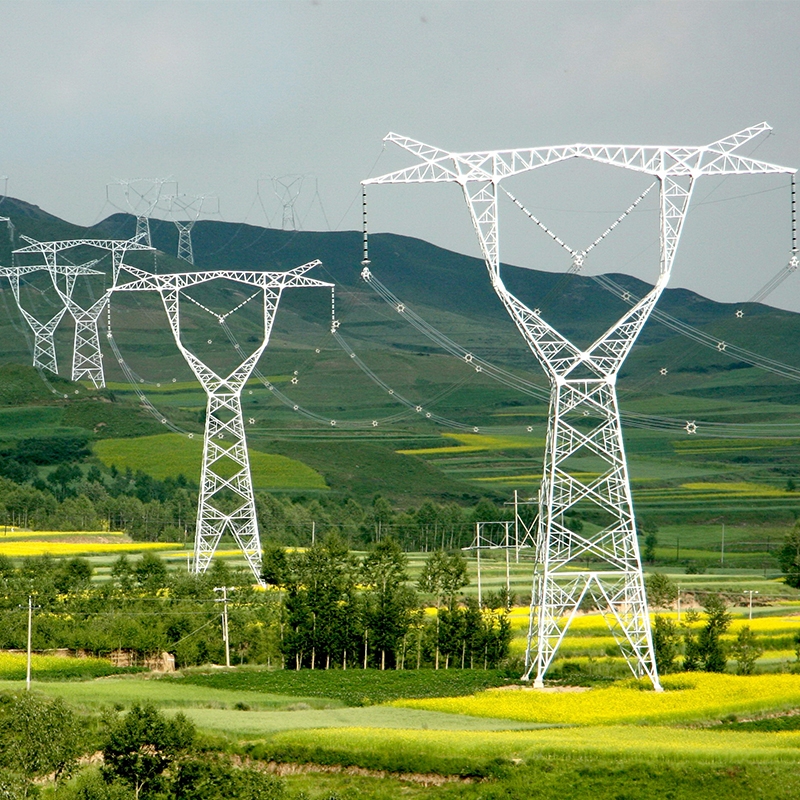Installation process and inspection requirements for transformers in container energy storage systems
Construction preparation: Professional technicians conduct technical briefings, familiarize themselves with technical documents, clarify the content and procedures of installation work, and draft installation plans. Check whether the specifications, models, capacities, etc. of the transformer meet the design requirements; Prepare relevant auxiliary tools, such as jacks, wrenches, insulation resistance meters, crowbars, hoisting and lifting equipment, and welding machines, etc.
Installation foundation inspection: After the energy storage container has been tested and received, there must be no leakage. The installation of the channel steel should be stable, and the error between the transformer guide rail and the transformer gauge should not exceed 5mm. Protective net doors, railings, ventilation and other facilities are complete. The reserved cable entry and exit holes meet the requirements.
Transformer unpacking inspection: The integrator may invite the transformer supplier to conduct the transformer unpacking inspection together and keep a record. After opening the box, count the technical documents, which should include installation drawings, user manuals, factory inspection reports of products, certificates of conformity, lists of equipment and accessories inside the box, etc. The technical parameters and specifications should correspond to the nameplate on the transformer. For dry-type transformers, it should be ensured that there is no mechanical damage, cracks, deformation, etc. on the appearance, winding, insulating materials and accessories, and the paint is intact. For oil-immersed transformers, it is also necessary to pay attention to whether the oil level is normal and whether there is any leakage in the oil tank. The rotating part of the on-load voltage regulating switch is well lubricated, operates flexibly, and the point movement given position is consistent with the actual position of the switch. The automatic regulation performance complies with the technical document requirements of the product.
Transformer positioning and installation: When using a crane for transportation, the four lifting rings on the transformer body should be used simultaneously for lifting. The included Angle between the lifting steel wires should not exceed 60°, and the lifting rings should be aligned with the center of the transformer. The tilt of the transformer during transportation should not exceed 30°. When the transformer is placed in the BESS container or outdoor cabinet, it is necessary to ensure that the positions of the high and low voltage sides and the high and low voltage electrical equipment in the system are coordinated to avoid misalignment. The transformer casing is well grounded. The grounding material can be selected as copper stranded wire (16mm² or 2mm ²) or galvanized flat steel (40mm×4mm). The transformer should be installed stably. If necessary, anti-vibration rubber pads can be added to reduce the operating noise.
Transformer accessory installation: After the transformer body is installed and fixed, accessory installation is carried out, mainly including temperature control devices, heating devices, fan devices and phase color marking. Among them, the temperature control device for dry-type transformers uses the thermal resistors pre-embedded in the three-phase windings of the transformer to measure and display the temperature of the transformer windings, and has corresponding alarm and control functions to ensure that the transformer operates in a safe state. The oil-immersed temperature control device, on the other hand, achieves temperature control by measuring the oil temperature of the transformer. The installation of accessories should be firm and undamaged, the fan should rotate in the correct direction, the temperature control device should operate reliably and accurately, and the phase color should be complete and correct. For oil-immersed transformers, it is also necessary to install bushings, tap switch boxes, heat sinks, and then install oil pillows, safety air ducts and gas relays.
Insulation resistance test: After installation is completed, conduct an appearance inspection and measure the insulation resistance between each winding and between the windings and the enclosure ground with an insulation resistance meter. Before the test, components that cannot withstand the voltage level of the insulation resistance meter should be removed. For transformer coils with voltages above 1kV, a 2500V insulation resistance meter should be used; for those with voltages between 600 and 1000V, a 1000V insulation resistance meter should be used; and for those with voltages below 600V, a 500V insulation resistance meter should be used. The insulation resistance of the transformer winding to ground should be no less than 1MΩ per kilovolt voltage (for low-voltage windings below 1kV, no less than 1MΩ). The absorption ratio R60"/R15" shall not be lower than 1.3; The insulation between the high and low voltage windings of a transformer shall not be lower than the insulation of the coil to ground.
Busbar and cable installation: The transformer's incoming and outgoing line brackets shall be installed in accordance with the design and construction requirements, firmly and reliably, with the horizontal error controlled within 5mm, and reliably connected to the grounding grid. The lap surface between the cable connection terminal and the transformer connection terminal should be clean, flat and free of rust. Conductive paste can be applied if necessary. The connection between the transformer and the rigid busbar should adopt a flexible connection method and leave a certain margin for movement. The cross-sectional area of the grounding wire of the transformer body shall not be less than 70mm². The transformer wiring is fastened with galvanized bolts. The secondary circuit wiring of the transformer should be correct, the connection should be tight, and it should operate well after the test.
Inspection and handover: After the transformer is installed, a comprehensive inspection should be conducted, including good grounding, complete and clean porcelain parts of the bushing, normal oil level, intact exterior paint, correct phase color paint of the bushing and busbar cables, phase sequence compliance with requirements, and no items or tools left inside or above the casing.




